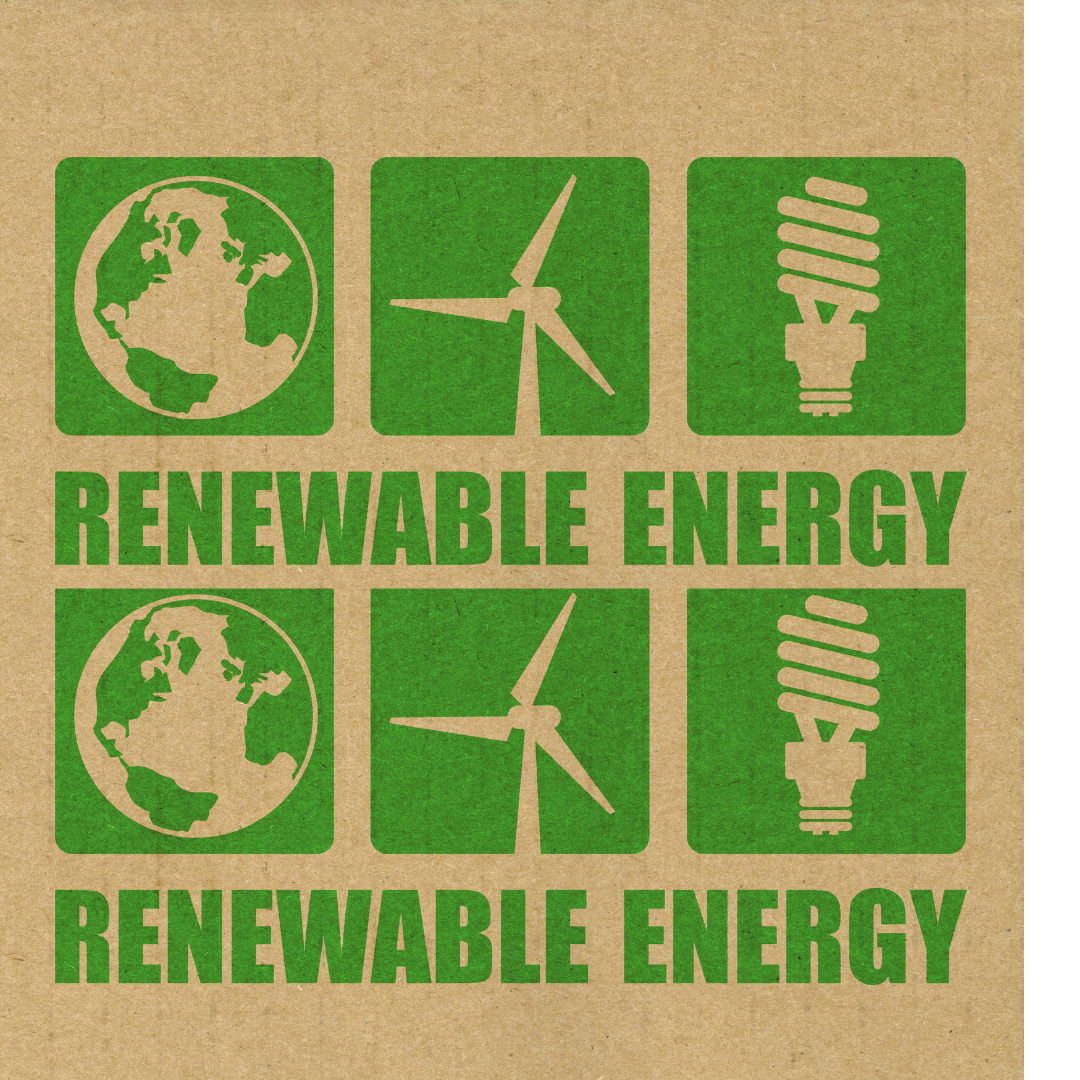
Tanzania, a nation with a burgeoning population and a thriving economy. As the country experiences exponential growth, the demand for energy continues to rise steeply. Like many developing nations, Tanzania is currently tethered to the chains of fossil fuels, which are not just expensive but are also massive contributors to environmental degradation.
There is, however, a silver lining: renewable energy. With vast untapped resources like solar, wind, hydropower, and geothermal, Tanzania is primed for a shift to more sustainable energy sources. The primary challenge lies in mobilizing upfront investment, a critical driver to propel renewable energy projects.
The landscape of Tanzania’s electrification is patchy. A mere 38% of its residents have electricity, with rural areas trailing at a bleak 25%. This chasm in electrification is a significant barrier, stalling economic and social growth. Moreover, an overreliance on fossil fuels is not just an economic strain but also a looming environmental threat, given Tanzania’s vulnerability to climate change effects.
The nation currently generates about 1,500 MW of electricity, falling short of its peak demand by around 200 MW. With projections indicating that Tanzania will require 2,000 MW by 2030 and a staggering 3,000 MW by 2040, the urgency for sustainable energy solutions becomes glaringly evident.
Enter TAMFI, the Tanzania Association of Microfinance Institutions. Operating as a beacon of hope, this non-profit organization represents a consortium of microfinance institutions. TAMFI is at the forefront, pioneering initiatives that champion renewable energy financing in Tanzania. Their approach is multifaceted:
- Capacity Building: They equip MFIs with the tools to navigate the renewable energy financing landscape, offering training to assess project viability, construct effective loan structures, and maintain renewable energy loan portfolios.
- Risk Mitigation: Recognizing the inherent risks associated with renewable energy projects, TAMFI develops instruments, such as loan guarantees with partners, to provide a safety net for MFIs.
- Advocacy: Beyond immediate financing solutions, TAMFI pushes for supportive policies. This entails lobbying for financial incentives like tax breaks that bolster renewable energy projects.
Their flagship initiative, “Energy Access: Building an Innovative Financial Ecosystem for Enterprises and End Users,” funded by the C.S. Mott Foundation, underscores TAMFI’s commitment. By extending loans to MFIs and direct users, they’re broadening the horizon of renewable energy adoption in Tanzania.
TAMFI’s collaboration net extends beyond the national boundaries. International partners, including the World Bank, European Union, and German Development Cooperation (GIZ), provide the much-needed thrust in terms of risk mitigation instruments and capacity-building.
But why this overwhelming focus on renewable energy? The answer lies at the intersection of environment and health. Fossil fuels, while catering to immediate energy needs, exact a heavy toll on both health and environment. Air pollution from these sources can lead to myriad health problems, from respiratory ailments to more severe conditions.
For businesses, renewable energy isn’t just a means to power their operations. It’s a gateway to sustainable growth. By tapping into renewable sources, businesses can hedge against the volatile prices of fossil fuels, ensuring cost-effective and continuous operations.
As Tanzania stands at the crossroads of development and sustainability, organizations like TAMFI are pivotal. Their relentless pursuit to facilitate renewable energy financing is an endeavor to carve a brighter, more sustainable future for Tanzania. While the government and global development agencies are making strides, the call is clear: it’s time for the private sector to step up, invest, and contribute to Tanzania’s green energy revolution.
